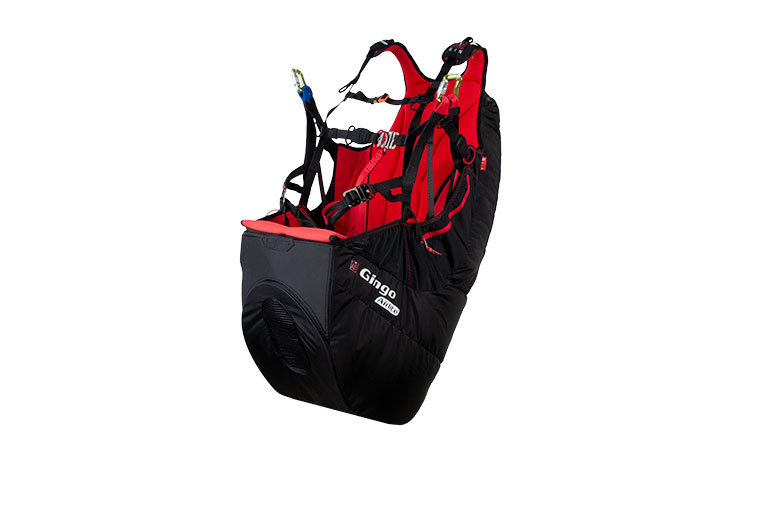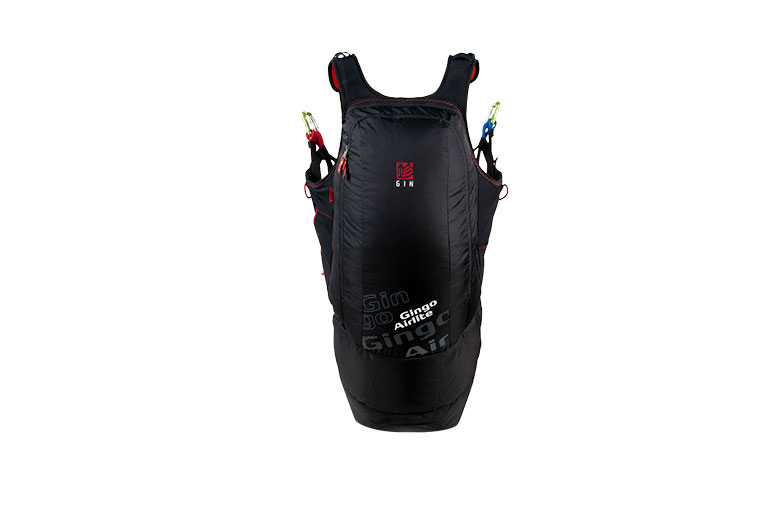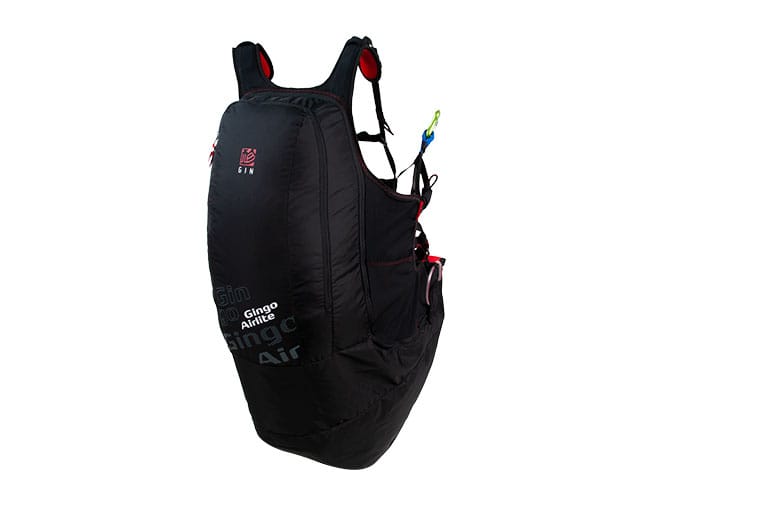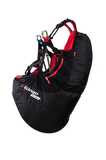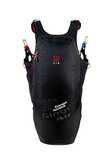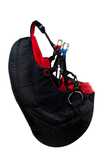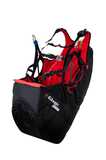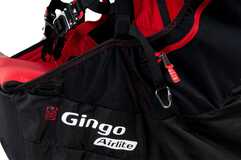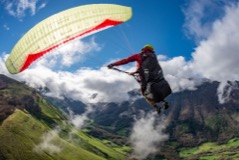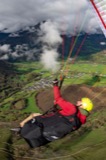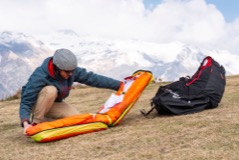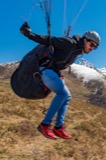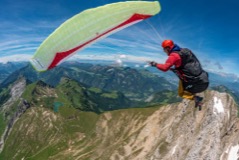Gingo airlite 4
- Intermediate light airbag
- EN / LTF / CE
Stable, light, compact
The Gingo Airlite is a lightweight airbag harness for beginners and leisure pilots. At under 3kg, it's one of the lightest, most compact and most aerodynamic harnesses of its type.
The 4th generation Gingo Airlite builds on the success of its predecessor, yet offers significant improvements:
- more stable in all axes
- more precise control of your glider
- easier to get in on take-off
- more aerodynamic and easier to pack due to the thinner profile
- the latest high quality durable materials that are also lightweight
Technical Specifications
| Size | XS | S | M | L | XL |
|---|---|---|---|---|---|
| Pilot height (cm) | <165 | 160-175 | 170-185 | 180-190 | >185 |
| Weight of harness (kg) | 2.4 | 2.7 | 2.9 | 3.1 | 3.3 |
| Certification | EN/LTF/CE | EN/LTF/CE | EN/LTF/CE | EN/LTF/CE | EN/LTF/CE |
A new level of stability and precision
A new geometry means the harness is very stable and reassuring, yet allows more precise control of your wing. It offers the perfect balance for the smooth progression of your flying career.
Easy to use
The Gingo Airlite is easier than ever to get into and out of during take-off and landings. It’s easy to manage both on the ground and in the air, and stays comfortable even after many hours in the air.
Safe yet aerodynamic
With the Gingo Airlite 4, we were able to reduce the volume of the profile without compromising the performance of the airbag. This was achieved thanks to extensive field testing, 3D modelling and our in-house drop test machine. The resulting shape is both more aesthetic and more aerodynamic.
As light and compact as ever
The previous Gingo Airlite was one of the lightest harnesses of it’s kind, and the new version is 500g lighter! The GIN Triplex seat plate has an advanced composite structure which is around 50% lighter than a wooden seat plate yet has greater durability. The outer fabric is light and packable, whilst offering excellent resistance against abrasion and degradation. The highest quality materials are used throughout the harness, guaranteeing a prolonged lifetime of service.
Designer notes
GIN test pilot and World Cup Champion Michael Sigel offers insights on the development of the Gingo Airlite 4.
“The Gingo Airlite series has proved one of our most successful harnesses. It’s comfortable, light and offers good protection. With the fourth generation of the harness we have been able to improve on all points even more.
Working hand in hand with selected distributors and schools, we spent more than a year to find the perfect harness geometry for this class of harness. The result is remarkable – the harness is not only more stable in all axes, but it is also more precise. In other words, you feel more stable and secure, yet you have better control of your glider. This helps you progress faster, stay longer in the air and have more fun!
It is also now easier than ever to slide into the harness after take off and to get out of for landing. The Gingo Airlite stays comfortable even after many hours in the air.
Thanks to our own drop test machine, we could work to improve the shape of the harness to be more aerodynamic, whilst retaining the excellent shock protection values of around 20g. The pre-inflation system keeps the airbag in shape, ensuring that the pilot is protected from the very beginning of the flight.
The re-designed rescue compartment is now less complex to pack and it is possible to pull the rescue in any direction.”
Details
- new ABS webbing system offers greater stability both in rough air and also after collapses
- improved airbag pre-inflation
- lightweight buckles with anti-forget system
- G-chute (drag parachute) pocket
- first class airbag protection (20G)
- underseat rescue container
- hydration pack (camelbak) pocket with routing and hole
- radio pocket routing
- 2 side pockets
- zipped inner back pocket for storage of rucksack etc
- GIN Triplex seat board for durability and light weight
- delivered with seat board, GIN carabiners, rescue deployment handle, rescue Y-bridle (sewn-in)
Included with your harness
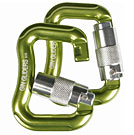
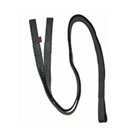
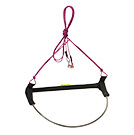
Caution
Automatic aluminium carabiners have a limited lifetime due to metal fatigue. They must be replaced after 5 years or 500 flight hours, whichever is soonest. They should never be used between spreaders and tandem wing risers as main carabiners. They should also never be used to connect bridles to the reserve.
